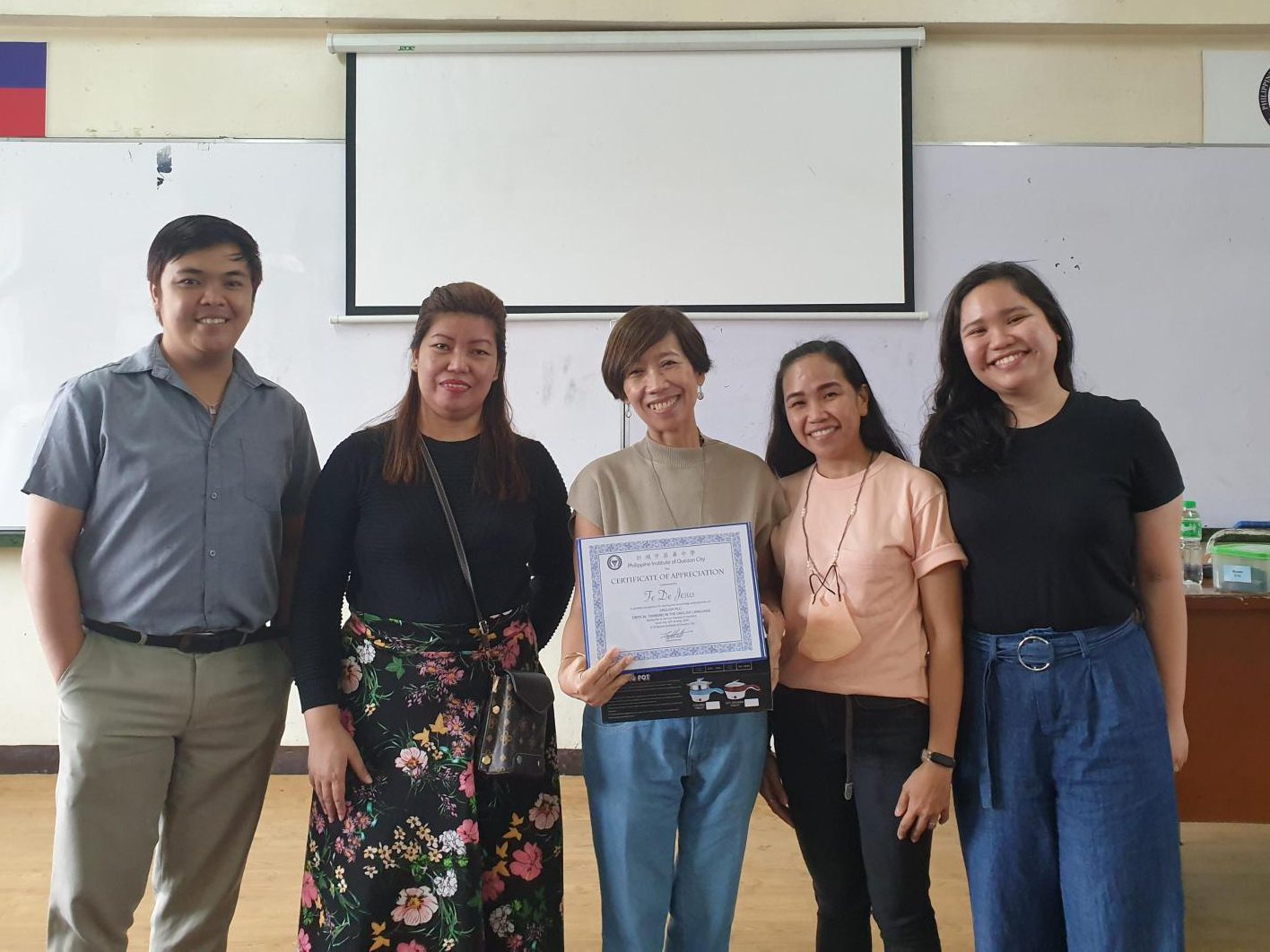Written by: Mrs. Fe U de Jesus
All students must realize that in spite of advancement in technology, nothing will ever replace hard work. Teachers must not only teach this but teachers need to show how hard work is done. Apart from hard work, students NEED to know WHY they need to work hard and WHY they need to do things. This value is part of critical thinking continuum. In school year 2022-2023, the subject area focused on the basics of critical thinking thus for school year 2023-2024 the focus is now finding meaning in one’s work. That is to say that teachers need to look into their classroom practices and instruction so that the students know WHY they are doing things. A central component in critical thinking is finding reason for doing something thus once students know the reason for something, then, it will lead them to finding MEANING in what they are doing. Lastly, students need to know the value of accountability especially in this era where information abounds anywhere and everywhere. The teachers will be direct and explicit about the teaching of plagiarism and how to avoid committing it.
The speaker then proceeded to sharing some strategies on how to explicitly teach reading and viewing. As she shared these strategies, she likewise integrated the explicit teaching of critical thinking skills. This was done by identifying the usual ways of teaching reading and writing that DO NOT manifest critical thinking. Then some examples of strategies and activities that show critical thinking were discussed. The different stages of the lesson proper [Engagement, Exploration, Explanation, Elaboration, and Evaluation] were looked into. The speaker provided some examples on how to do each part in a more critical manner. The speaker also touched on some practices of teachers as far as assessment and evaluation is concerned. This was looked into since it’s vital that in test construction, teachers need to know how to arrange, based on Bloom’s Taxonomy, the type of questions included specifically in a summative assessment.
Even the issue on ChatGPT was also included in the discussion. Let it be known here that the subject area has agreed to allow students to use ChatGPT but only as a formative assessment. An activity suggested by the speaker was to follow this order: let students write WITHOUT any device so they are totally prohibited from using any external aids. Teachers will collect their work at the end of the session and will continue it on the following session if needed. Once they’re done, students may now use ChatGPT and then compare their own output with that of ChatGPT. They will highlight the differences, ie, underlining the things that ChatGPT made and the like. The activity will be very rich as students will see the rationale of using AI and the difference in terms of work. A good reflection question in fact is will they accept that the robot can do better than them?
Classroom practices, activities, strategies, and assessment were all looked into so as to make the teachers become more mindful of their OWN pedagogy and instruction. As often said, students imbibe what they see in their teachers.
The session ended with a photo-op and presentation of the token and certificate from the school to the speaker. This was facilitated by Ms. Ballesteros.

